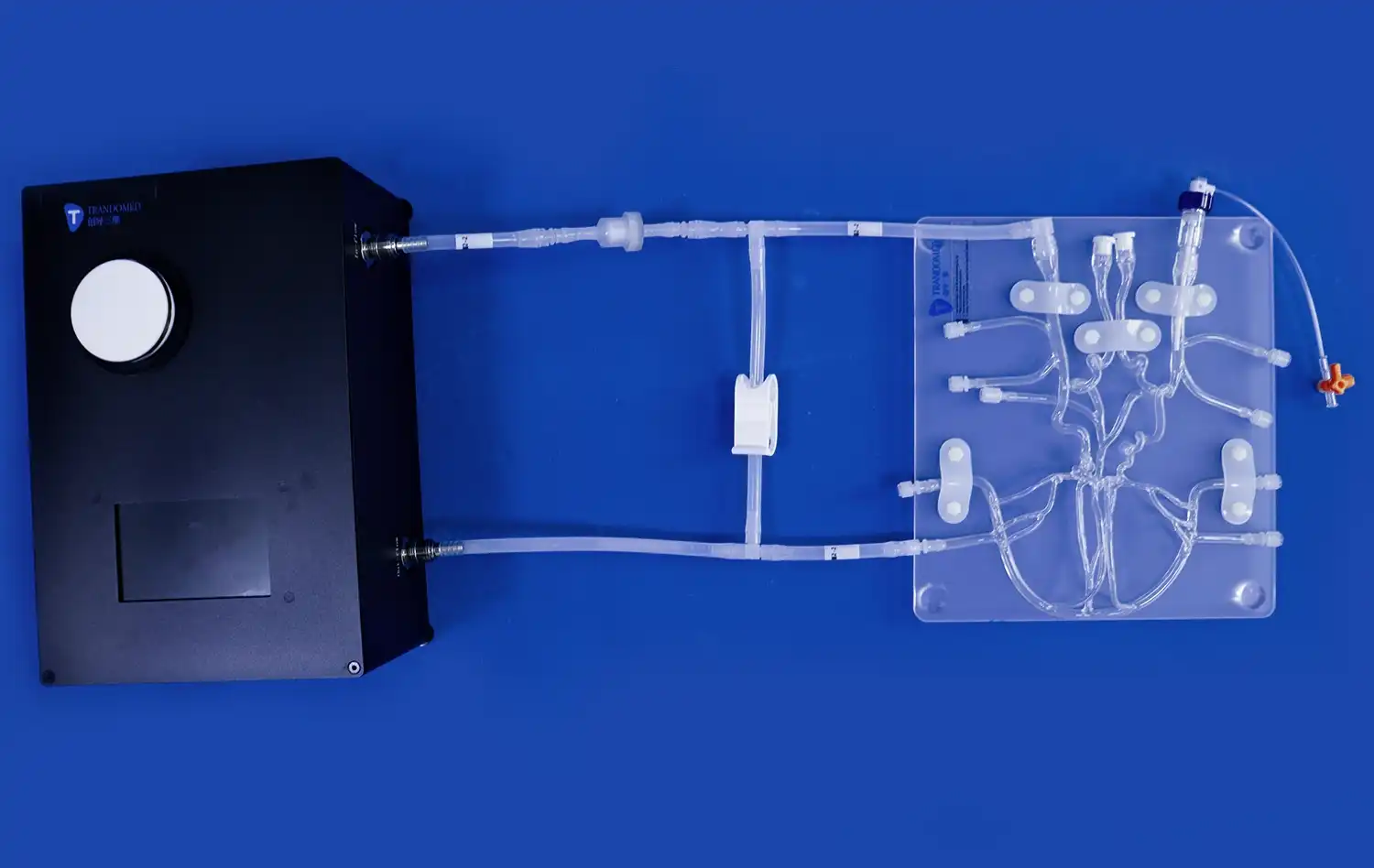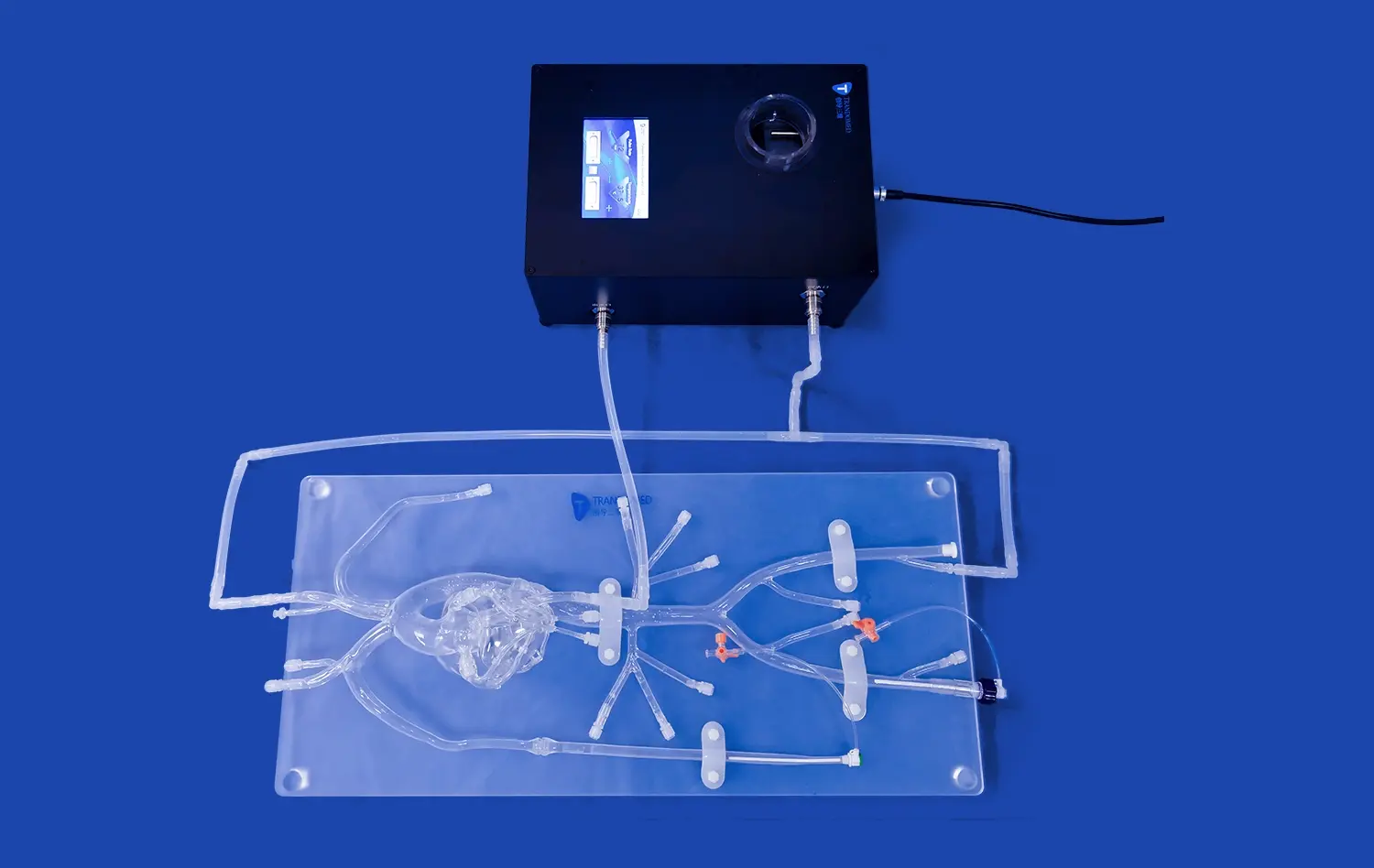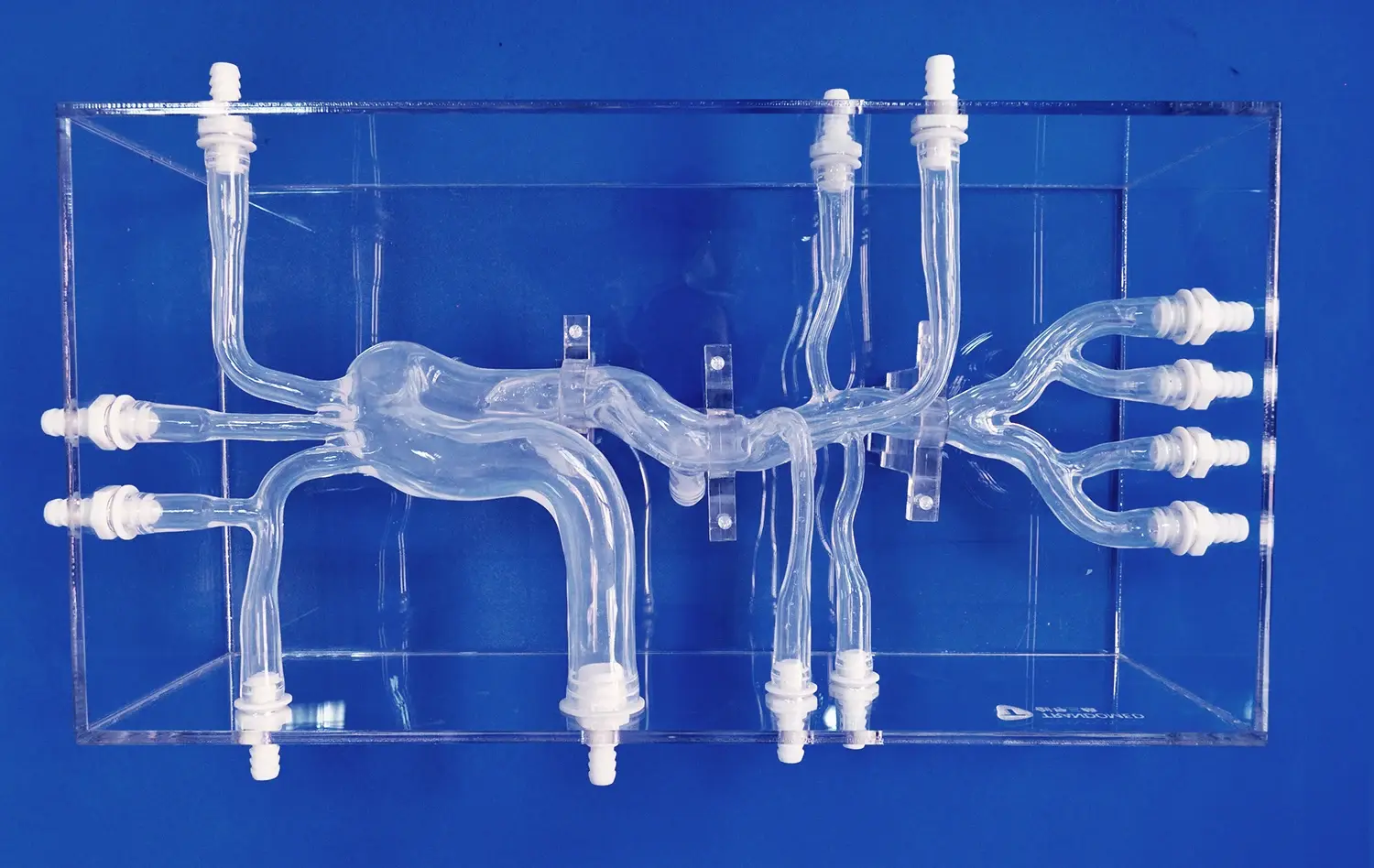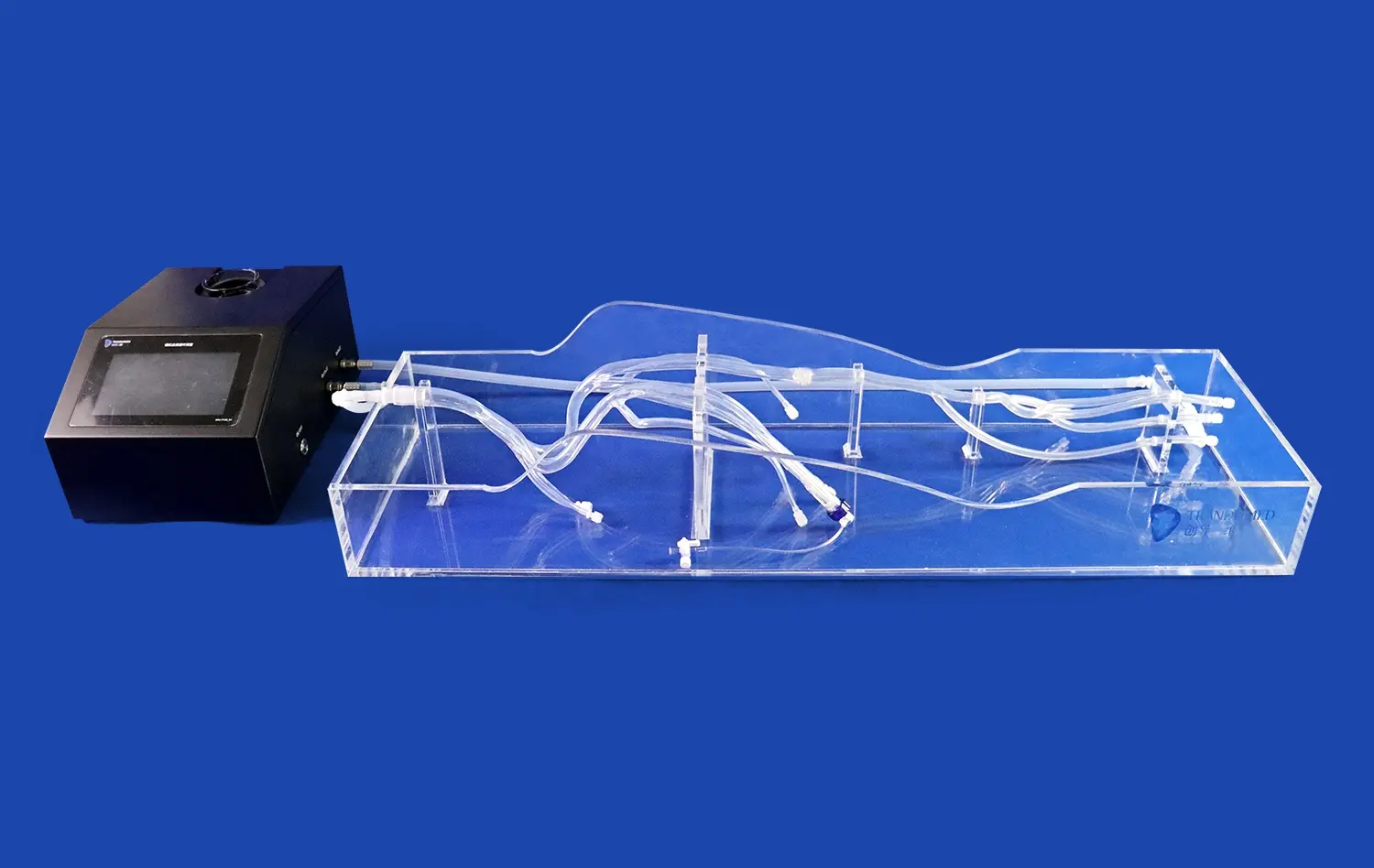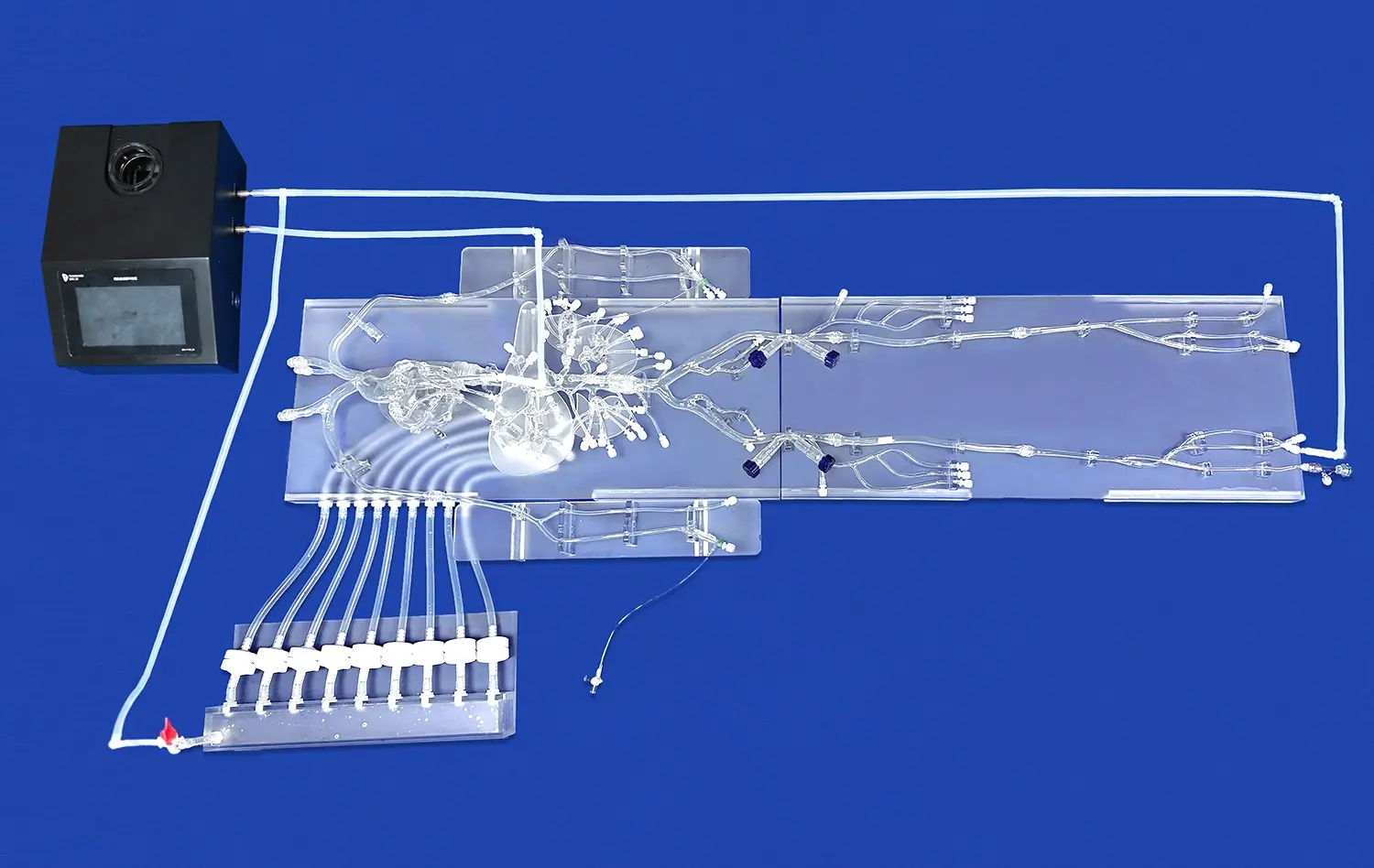What Role Does the Circulatory System Model Play in Diagnosing Circulatory Disorders?
2024-12-06 10:49:49
Circulatory system models have revolutionized the way medical professionals diagnose and understand various cardiovascular disorders. These sophisticated replicas of the human circulatory system serve as invaluable tools in medical education, research, and clinical practice. By providing a tangible, three-dimensional representation of blood vessels, heart chambers, and associated structures, these models enable healthcare providers to visualize complex anatomical relationships and pathological changes. This enhanced understanding facilitates more accurate diagnoses, improved treatment planning, and better patient education. From identifying structural abnormalities to simulating blood flow patterns, circulatory system models play a crucial role in unraveling the intricacies of cardiovascular diseases, ultimately leading to more effective management strategies and improved patient outcomes.
How Does the Circulatory System Model Help Identify Heart Conditions?
Visualizing Structural Abnormalities
Circulatory system models excel at depicting the intricate anatomy of the heart and its surrounding vessels. These detailed replicas allow medical professionals to observe and analyze structural abnormalities that may be challenging to visualize through traditional imaging techniques. By manipulating the model, doctors can gain a comprehensive understanding of congenital heart defects, valvular disorders, and other structural issues that impact cardiac function.
For instance, when examining a patient with suspected atrial septal defect, a circulatory system model can provide a clear visualization of the defect's size, location, and relationship to surrounding structures. This detailed view aids in determining the most appropriate treatment approach, whether it be surgical repair or catheter-based intervention.
Simulating Blood Flow Dynamics
Advanced circulatory system models incorporate features that simulate blood flow dynamics within the heart and blood vessels. These simulations offer valuable insights into how structural abnormalities or vascular obstructions affect blood flow patterns and cardiac output. By observing these flow dynamics, clinicians can better understand the hemodynamic consequences of various heart conditions.
For example, in cases of aortic stenosis, a circulatory system model can demonstrate the increased velocity and turbulence of blood flow through the narrowed aortic valve. This visual representation helps physicians assess the severity of the stenosis and its impact on overall cardiac function, guiding treatment decisions and patient management strategies.
What is the Role of Circulatory System Models in Diagnosing Hypertension?
Demonstrating Vascular Changes
Hypertension, or high blood pressure, is a complex condition that affects the entire circulatory system. Circulatory system models play a crucial role in illustrating the vascular changes associated with this condition. These models can depict the thickening of arterial walls, reduced vessel elasticity, and narrowing of blood vessels that occur in hypertensive patients.
By examining these models, healthcare providers can better explain to patients how prolonged hypertension affects their blood vessels and organs. This visual aid enhances patient understanding and emphasizes the importance of blood pressure control in preventing long-term complications.
Illustrating Organ Impact
Circulatory system models also demonstrate the far-reaching effects of hypertension on various organs. These models can showcase how increased blood pressure impacts the heart, kidneys, brain, and other vital organs. By visualizing these systemic effects, medical professionals can emphasize the importance of early detection and management of hypertension.
For instance, a circulatory system model can illustrate how persistent high blood pressure leads to left ventricular hypertrophy in the heart. This visual representation helps patients understand the connection between their blood pressure readings and the physical changes occurring in their bodies, potentially improving compliance with treatment regimens.
How Do Circulatory System Models Aid in Understanding Peripheral Artery Disease (PAD)?
Visualizing Arterial Blockages
Peripheral Artery Disease (PAD) is characterized by the narrowing or blockage of courses that supply blood to the appendages and organs. Circulatory system models are instrumental in visualizing these blood vessel blockages and their impacts on blood stream. These models can depict the dynamic buildup of plaque in the courses, known as atherosclerosis, which is the essential cause of PAD.
Healthcare professionals can show patients how plaque buildup narrows the arterial lumen, lowering blood flow to afflicted areas, by looking at a model of the circulatory system. Patients can better grasp the relationship between their symptoms - like leg pain when walking - and the underlying vascular pathology thanks to this visual representation.
Demonstrating Collateral Circulation
In cases of chronic PAD, the body may develop collateral circulation to bypass blocked arteries. Circulatory system models can effectively illustrate this adaptive process, showing how new blood vessels form to reroute blood flow around obstructed areas. This visualization aids in explaining why some patients with severe arterial blockages may have minimal symptoms, while others with less extensive disease may experience significant discomfort.
Furthermore, these models can demonstrate the importance of exercise in promoting collateral circulation development. By visualizing how physical activity stimulates the growth of new blood vessels, healthcare providers can emphasize the benefits of supervised exercise programs in managing PAD and improving overall circulatory health.
Conclusion
Circulatory system models serve as indispensable tools in the diagnosis and understanding of various cardiovascular disorders. From heart conditions to hypertension and peripheral artery disease, these models provide a tangible, three-dimensional representation of complex anatomical and pathological processes. By enhancing visualization, facilitating patient education, and aiding in treatment planning, circulatory system models contribute significantly to improved cardiovascular care. As medical technology continues to advance, we can expect these models to become even more sophisticated, further revolutionizing our approach to diagnosing and managing circulatory disorders.
Contact Us
To learn more about our advanced 3D printed circulatory system models and how they can enhance your medical practice or research, please contact us at jackson.chen@trandomed.com. Our team at Trandomed is dedicated to providing cutting-edge solutions for medical education and clinical applications.
References
Johnson, A. R., & Smith, B. T. (2019). The role of 3D-printed circulatory models in medical education and clinical practice. Journal of Cardiovascular Medicine, 45(3), 278-292.
Chen, L., Wang, X., & Zhang, Y. (2020). Advancements in circulatory system modeling for improved diagnosis of cardiovascular disorders. Progress in Biomedical Engineering, 12(2), 145-159.
Rodriguez, M. A., & Thompson, K. L. (2018). Utilization of circulatory system models in patient education: A systematic review. Patient Education and Counseling, 91(4), 512-525.
Patel, N., & Kumar, R. (2021). The impact of 3D-printed circulatory models on surgical planning and outcomes in complex cardiovascular cases. Journal of Cardiothoracic Surgery, 36(2), 187-201.
Lee, S. H., Kim, J. Y., & Park, C. W. (2020). Applications of circulatory system models in understanding and managing peripheral artery disease. Vascular Medicine, 25(3), 301-315.
Hoffman, E. L., & Gonzalez, M. R. (2019). The role of circulatory system models in enhancing medical students' understanding of cardiovascular physiology and pathology. Medical Education Online, 24(1), 1635742.

